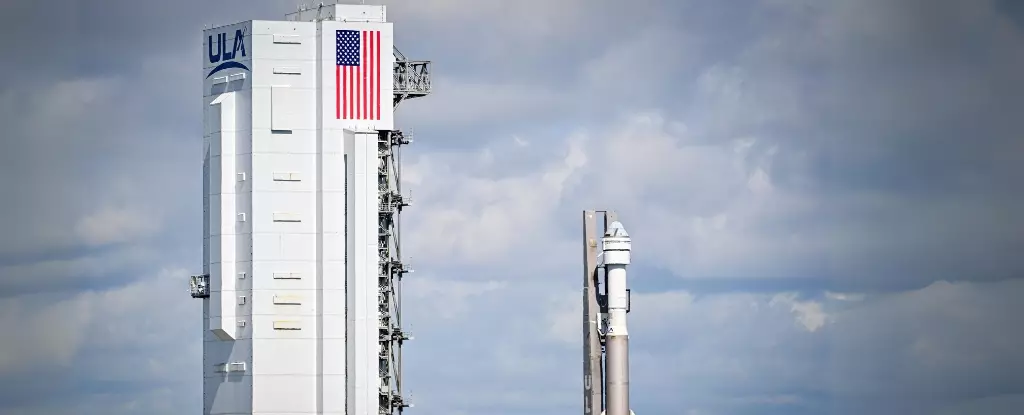Boeing’s Starliner capsule is finally taking off to the International Space Station on its first crewed mission after several years of delays following rival SpaceX’s success in achieving the same milestone. The mission is crucial for Boeing, a giant in the US aerospace industry, as it aims to establish its reputation after facing safety concerns with some of its commercial aircraft.
Starliner, commissioned by NASA a decade ago, has faced numerous setbacks and delays along the way. The journey to its final launch has been filled with unexpected hurdles, making it a challenging endeavor for Boeing to overcome. The current flight is a pivotal test before Starliner begins regular service for NASA, marking a significant milestone for the space agency’s partnership with the aerospace company.
The astronaut duo, Butch Wilmore and Suni Williams, with extensive spaceflight experience, are embarking on this mission to the ISS aboard Starliner. The collaboration between Boeing and United Launch Alliance, using an Atlas V rocket, is a testament to the efforts put into ensuring a successful launch. The anticipation surrounding this flight reflects the dedication of the teams involved in making this project a reality.
Amidst the excitement of the launch, it is essential to acknowledge the setbacks faced by the Starliner program over the years. From trajectory miscalculations during uncrewed test flights to technical issues with critical components, the project has seen its fair share of obstacles. However, Boeing’s perseverance and commitment to overcoming these challenges demonstrate the resilience of the team behind the spacecraft.
As Starliner approaches the ISS for its rendezvous, the significance of having multiple options for crewed spaceflight cannot be overstated. NASA’s reliance on both SpaceX and Boeing for transporting astronauts to the station reflects a strategic approach to managing space missions. The future of human spaceflight lies in collaborations between government agencies and private companies, paving the way for innovation and exploration beyond Earth’s orbit.
Looking ahead, the success of Boeing’s Starliner and SpaceX’s Dragon capsules could redefine the future of space travel. With plans to transition from the ISS to private space stations in the coming years, these spacecraft will play a crucial role in ferrying humans to new frontiers. Despite the challenges and competition in the aerospace industry, the spirit of exploration continues to drive innovation and progress in space exploration.
Boeing’s Starliner capsule launch represents a significant milestone in the company’s journey toward establishing a reliable crewed spaceflight program. While the road to this moment has been fraught with obstacles, the successful completion of this mission will mark a new chapter in human space exploration. As we witness the advancement of technology and collaboration in space travel, the possibilities for future missions are limitless.


Leave a Reply